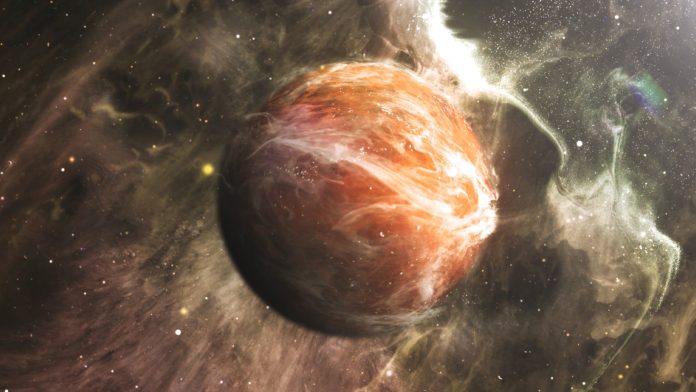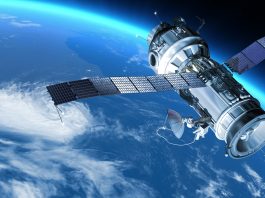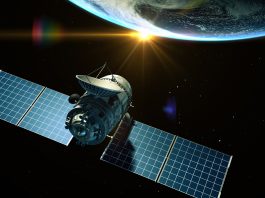Researchers suggest lifeforms could be producing ammonia, which would make the clouds on Venus more habitable.
Chain of chemical reactions
This new hypothesis, regarding a habitable environment in Venus’ clouds, has been published today in Proceedings of the National Academy of Sciences by a team of researchers from Cardiff University, MIT and Cambridge University.
Scientists proposed a new theory which suggests that possible lifeforms in the clouds of Venus could be creating a cascade of chemical reactions that is resulting in the environment being more habitable. The self-sustaining chain of events could also offer an explanation to the many strange anomalies present in the planet’s upper atmosphere that scientists have been debating for decades.
Ammonia was first detected in the clouds of Venus in the 1970s, and has mystified scientists since, as it should not be produced through any chemical processes known on Venus. In the most recent study, researchers modelled a set of chemical processes to show that if ammonia is truly present, the gas would set off a cascade of chemical reactions that would neutralise surrounding droplets of sulfuric acid.
This would increase the pH of the clouds from -11 to 0. While this is still acidic, this would be within the range of acidity that life could tolerate. The researchers noted that there are lifeforms on Earth that produce ammonia to neutralise and make otherwise acidic environments habitable.
“We know that life can grow in acid environments on Earth, but nothing as acid as the clouds of Venus were believed to be. But if something is making ammonia in the clouds, then that will neutralize some of the droplets, making them potentially more habitable,” said Dr William Bains, one co-author of the study, from Cardiff University’s School of Physics and Astronomy.
Anomalies lead to habitable traits
The source of ammonia itself suggests a potentially habitable environment and is speculated that the most plausible explanation is a biological origin, rather than non-biological sources such as, lightning or volcanic eruptions. Past data from past missions to Venus revealed anomalies and chemical signatures that had gone unexplained for decades.
“Ammonia shouldn’t be on Venus,” said Professor Sara Seager, another co-author on the study, from MIT’s Department of Earth, Atmospheric and Planetary Sciences (EAPS). “It has hydrogen attached to it, and there’s very little hydrogen around. Any gas that doesn’t belong in the context of its environment is automatically suspicious for being made by life.”
In addition to the presence of oxygen and certain non-spherical particles, anomalies included unexpected levels of water vapor and sulphur dioxide. The scientists tested whether the anomalies might be explained by dust, arguing that minerals, swept up from Venus’ surface and into the clouds, could interact with sulfuric acid to produce some, but not all, of the observed anomalies.
Although the chemistry checked out, the physical requirements were unfeasible as a massive amount of dust would have to loft into the clouds to produce the observed anomalies. The team then wondered if the anomalies could be explained by ammonia and set about modelling a series of chemical processes in search of an answer. They found that if life forms were producing ammonia, the associated chemical reactions would naturally yield oxygen. Once present in the clouds, ammonia would dissolve in droplets of sulfuric acid, effectively neutralising the acid to make the droplets relatively habitable.
Researchers noted that the introduction of ammonia into the droplets would transform their formerly round, liquid shape into more of a non-spherical, salt-like slurry and once ammonia dissolved in sulfuric acid. This is a reaction that would also trigger any surrounding sulphur dioxide to dissolve. Therefore, the presence of ammonia could explain most of the major anomalies seen in Venus’ clouds that suggest a potential habitable environment. The researchers also revealed that other sources such as lightning, volcanic eruptions, and even a meteorite strike could not chemically produce the amount of ammonia required to explain the anomalies.
“There are many other challenges for life to overcome if it is to live in the clouds of Venus,” concluded Bains. “There is almost no water there for a start, and all life that we know of needs water. But if life is there, then neutralizing the acid will make the clouds just a bit more habitable than we thought.”
Scientists plan to assess the presence of ammonia and signs that the clouds of Venus is habitable in the next several years with the Venus Life Finder Missions.









